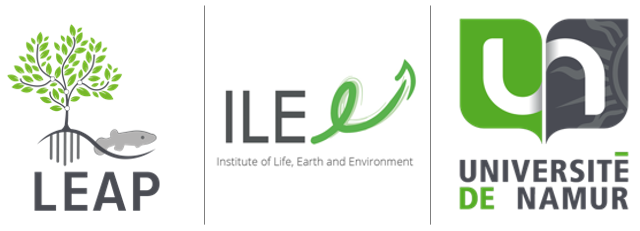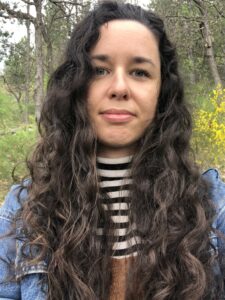I spent all my childhood living in the countryside of south of France. Thus I always been eager to understand my environment and aware of the importance to protect it. With that in my mind, I did a degree in biology of organisms and ecosystems, with a specialty in cellular toxicology, at the University of Bordeaux (France). My motivation to get closer to the operational side of environmental protection led me to the master’s degree in ecotoxicology and environmental chemistry at the University of Bordeaux. This master’s degree allowed me to reinforce my chemistry skills, by offering a refresher course in this discipline, allowing me to graduate in biology and chemistry.
I chose to carry out my first year internship in chemistry within the EPOC-LPTC laboratory in Périgueux (France). This project aimed to study the photodegradation of new generation anticoagulants in surface waters. This internship allowed me to consolidate my bases in environmental chemistry and also to learn new techniques in analytical chemistry. At the end of this internship, I still didn’t know whether I would prefer to enter an operational job for environmental protection or to continue in the research field. So I did my second year research internship at IRSN in Cadarache (France) and it was a revelation for me. I therefore studied for 6 months the reprotoxic effect of gamma radiation on zebrafish following acute exposure.
I had the opportunity to pursue a thesis in this same laboratory. The objective of my thesis was to evaluate the reprotoxic effects and their transmission to offspring in the model fish, Danio rerio, after chronic gamma irradiation. I have carried out multi- and trans-generational exposures which allowed me to carry out analyzes at phenotypic (survival, reproductive parameters, sex ratio) and molecular level(western-blot, transcriptomics, epigenetics, ELISA test). During this thesis, I was able to develop a dual approach that I wish to pursue in the rest of my career. There was the “operational” aspect where my experimental design allowed me to challenge the standardized methods of the ERE with the aim of best protecting ecosystems. And the “fundamental” aspect where the integrative approach from the molecule to the phenotype allows to understand the mechanistic effects of pollutants, and more particularly how they impact the future of population.
Recently, I obtained the Come to Wallonia | Connect with Wallonia, a Marie Skłodowska-Curie Cofund Action, with help from Frédéric Silvestre and Fabien Pierron. During my two years of post-doctoral work, I will use the dual approach (operational and fundamental) made during my doctorate with the aim of studying the effects of an endocrine disruptor in the mangrove rivulus. Transgenerational exposure will identify the mechanisms linked to the transmission of effects across generations following exposure to a pollutant. A focus will be on epigenetic mechanisms, at the origin of transmissions and involved in the evolution of organisms. Furthermore, the use of omics will define early biomarkers of evolution following exposure over several generations, which seems essential for ERE which mainly focuses on markers resulting from short exposures. We will also attempt to define an index from a pool of biomarkers, signifying the state of the population in the field.

